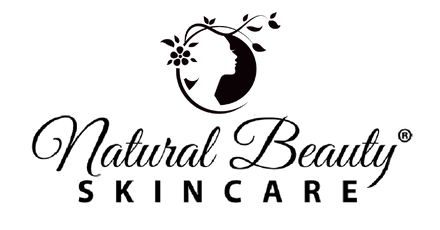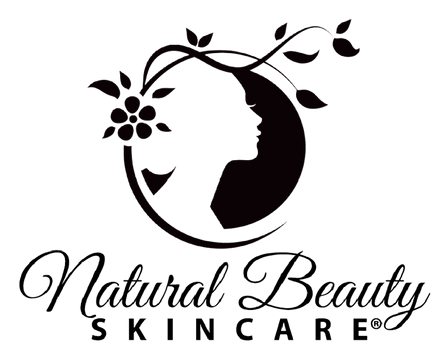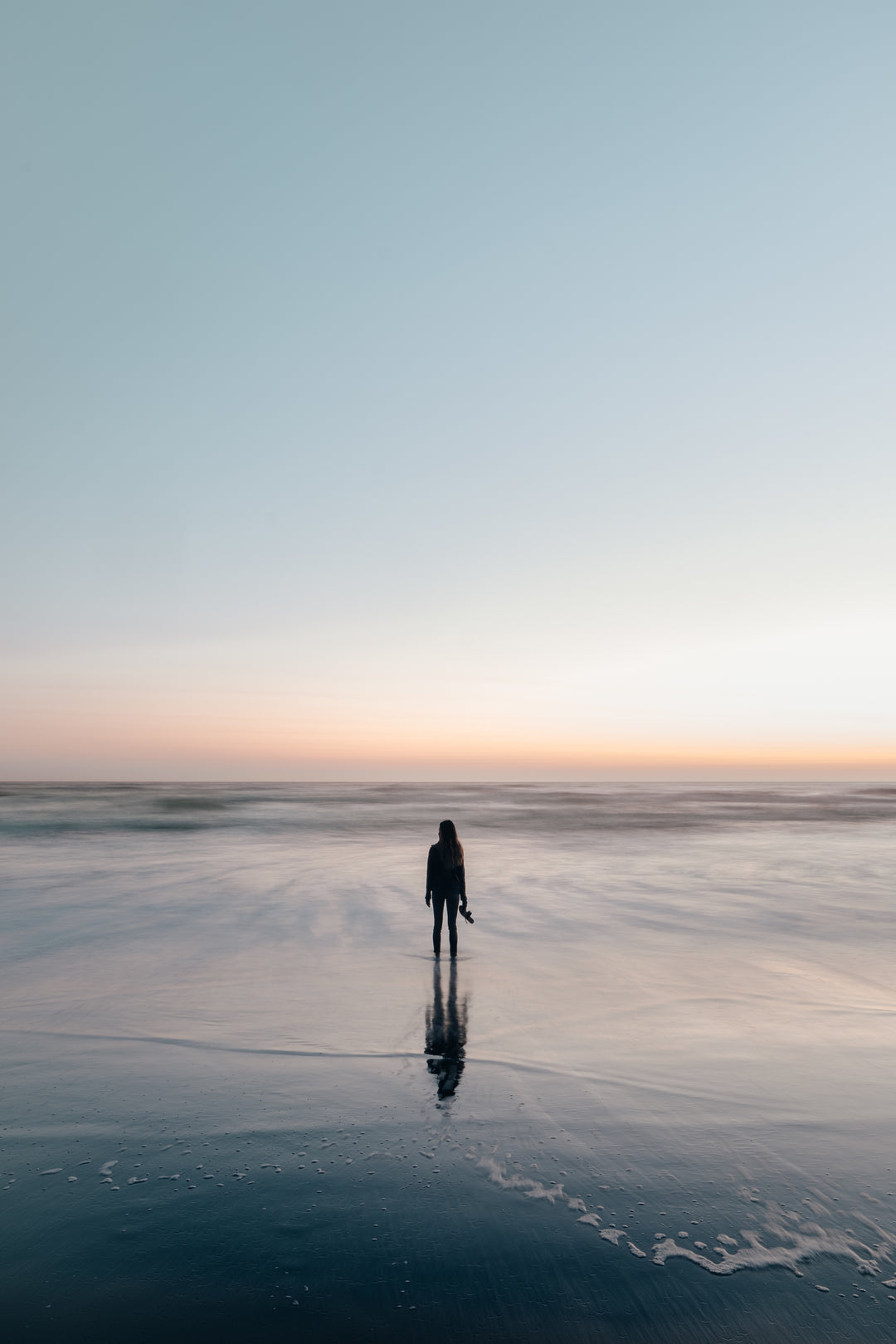Why go natural?
 Most fragrances used to make perfumes and/or scent cosmetics are not made from flowers but from toxic chemicals. It's about as romantic as hazardous waste. More than 4,000 chemicals are used in the manufacture of fragrances. Of these, 95% are made from petroleum. No agency regulates the fragrance industry, yet perfume chemicals are as damaging to health as tobacco smoke. Toluene, ethanol, acetone, formaldehyde, limonene, benzene derivatives, methylene chloride, and many others known to cause cancer, birth defects, infertility, nervous system damage, or other injuries. The EPA found chloroform as well in fabric softeners.
Most fragrances used to make perfumes and/or scent cosmetics are not made from flowers but from toxic chemicals. It's about as romantic as hazardous waste. More than 4,000 chemicals are used in the manufacture of fragrances. Of these, 95% are made from petroleum. No agency regulates the fragrance industry, yet perfume chemicals are as damaging to health as tobacco smoke. Toluene, ethanol, acetone, formaldehyde, limonene, benzene derivatives, methylene chloride, and many others known to cause cancer, birth defects, infertility, nervous system damage, or other injuries. The EPA found chloroform as well in fabric softeners.The terms "fragrance free" and "unscented" are presently used by the cosmetic industry virtually without restriction, since the expressions have no legal definitions. The majority of consumers consider these terms to be equivalent and interchangeable and understand these terms to mean that an 'unscented' cosmetic product has no perceptible odor.
Many raw materials used to make cosmetics have natural odors that may be offensive to the end user. Because of this undesirable odor, cosmetic manufacturers add ingredients to cover any bad odor originating from ingredients and to impart a scent for marketing purposes. In the case of products labeled as "fragrance free" or "unscented," fragrance ingredients are added to cover the offensive odor, but less than what is needed to impart a noticeable scent. According to the law, all cosmetics offered for sale must include on the label a list of ingredients in descending order of predominance. While most ingredients must be listed by their chemical names, fragrances may be listed simply as "fragrance".
By reading the ingredient listing, consumers may be able to avoid cosmetic products which contain synthetic and/or toxic ingredients that they wish to avoid.







